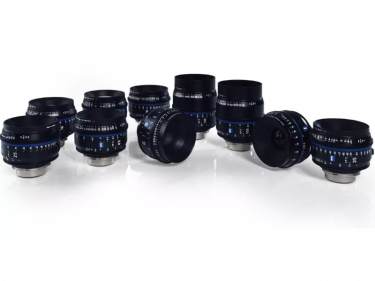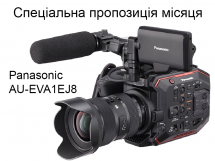| Українська | English | |||||||||||
|
|||||||||||
| News | About company | Service-centre | OB Van/SNG Rental | NextGen Energy Solutions | Contact us |
|
|
Engineering Service, Inc.
» News News ZEISS unveiled CP.3 and CP.3 XD lines of prime lenses at this year NAB Show. Optically there are the same lenses but XD lenses has one useful feature — eXtended Data (based on Cooke’s /i) technology via inconspicuous Lemo connector. At IBC 2017 we caught up with Sundeep Reddy from ZEISS to discuss the now-ready eXtended Data feature of the new CP.3 XD lenses. So what is eXtended Data, anyway?
Basically, the XD labeled versions of the CP.3 line of ZEISS lenses can provide you with the following: A calibrated internal encoder gathers shading & distortion data of that exact lens. The provided data flows through the Lemo output of the lens through a Master Lockit device by Ambient and then further on to your DIT station via wi-fi. Pomfort’s Silverstack or Livegrade Pro are there, awaiting to process the data in real time. As a result, you’ll get a so-called ZLCF, or ZEISS lens correction file which is not limited to the already mentioned Pomfort products. DaVinci Resolve is also capable of processing these. The distortion and shading data can then be used to speed up your Post and VFX workflow. Stiching together shots will be far more easy when all the lenses used are already matched up perfectly, for example. The DIT or AC doesn’t have to write down each parameter of a given shot anymore. Data about the lens being used, focus distance (and changes), lens height and so on. All of this is securely transferred and stored already.
« To the list of news |
|
|||||||||||||||||
 |
+38 (044) 593-18-20 +38 (073) 593-18-20 +38 (096) 532-96-82 +38 (095) 532-96-82 Service center Telegram @Engineer_Service |

|
|
|||||
 |
e-mail: engineer-service.tv 15 Vavylovykh str., Kiev, 04060, Ukraine Authorized service centre of Panasonic, Sony, JVC, Fujinon, Canon |
|||||||







